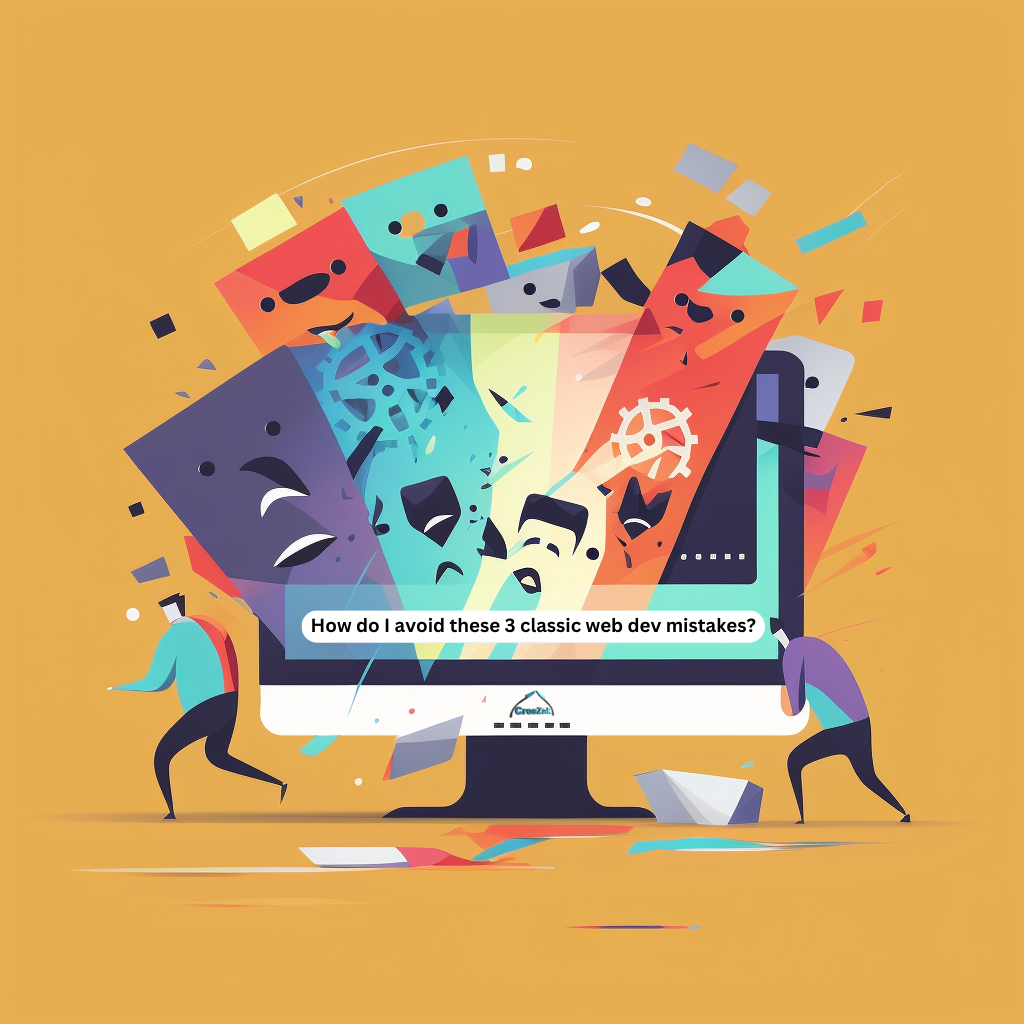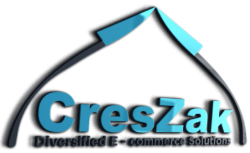Avoid These 3 Common Web Development Mistakes and Ensure Success for Your Project

Website development projects between clients and agencies can be filled with potential challenges. To aid in making the process go smoothly, we have outlined the 3 common web development mistakes/issues. By being aware of what they are and how to address them, you can reduce their effect on your project. Keep reading for advice on avoiding these problems before they happen and dealing with them effectively if they do occur.
Expectation Setting
When working with an agency, it may be natural to want something extraordinary and awe-inspiring for your website. You may be requesting "striking," "exceptional," and "engaging" website components that will leave a lasting impression on your customers when they visit the new site.
The 3 Common Web Development Mistakes
- Your customers don’t care about being wowed
Actually, most would prefer not to be wowed
Your customers are looking for something that is functional and user-friendly. They don't go to your competitors simply because your website did not leave a strong impression on them, they go to your competitors because their websites make it easier to understand the products or services they offer, or because they are able to convey their value more effectively through their content and assets.
Users don't want to put in an effort trying to navigate and understand your website. It can be mentally draining, even if it's not noticed. People prefer websites with consistent and dependable design systems. And the truth is, the more elaborate features and functionalities you add to make your website stand out, the more complicated and slow your website becomes to use, which ultimately negatively affects your business.
2. One man’s wow is another man’s yikes.
The second problem is that the "wow" factor is highly subjective. It's hard to quantify what makes something "wow-worthy," which is why it can be a source of frustration for designers.
When we receive feedback like "this design just doesn't 'wow' us," it often means the client doesn't like it, but they can't explain why. They lack clear reasoning.
This is why it is essential to have a strong rationale and data-driven approach. A good agency should make decisions about user journeys, content hierarchy, and design systems based on their understanding of the target audience segments.
Skilled UI & UX designers should present designs with supporting reasoning, explaining things like "this is why I chose this color scheme," "these images," and "this component," and it should always be connected to the personas established at the beginning of the project.
If your feedback doesn't provide a rationale or clear reasoning for why something is not working, it becomes subjective. The "wow" factor is based on emotions, and it has no place in a well-designed website.
Allow your UI/UX designer to provide a more objective, data-driven approach, this will ultimately serve the wants, needs, and goals of your target audience better. Remember, you hired experts for a reason, they know how to set aside their own subjectivity and design for your target audience. And only then, can your website achieve its purpose: serving your business. User experience should always be the top priority.
3. Changing Goals
Always keep your agency in the loop:
Change is a constant! Whether you are a small, growing, entrepreneurial business or a large corporation with multiple business units, nothing stays the same. Your business priorities can shift with market trends, your product offerings can evolve, and your brand can mature, resulting in new guidelines.
When changes occur, it's important to communicate them to your agency partners. They're working with the original assets and information you provided, and if not informed of updates, after some time you may review the UI designs and realize they are using an outdated list of services or haven't captured updated key messaging pillars or, most importantly, the brand guidelines have changed but not incorporated in the designs.
Going back to the starting point can be not only time-consuming and expensive but also disheartening for the agency team who put effort into something that is no longer valid.
Let your agency partners know about the pace of changes so they can develop a plan to be flexible and agile to keep up with your growth. And, when things are changing, it's important to be prepared to accept that not everything can be included in this iteration until the growth stabilizes. Website is like a moment in time for your organization. It's not living and it can't predict the future.
Mystery stakeholder voices
The involvement of stakeholders in the discovery process is crucial.
When entrusting a marketing agency with the task of building a new website, the agency may ask how involved senior stakeholders want to be in the process. The response is often, "they won't have time, just show them the designs when we get there."
This is a warning sign; if senior stakeholders are not involved in the discovery and strategy phase of a large or complex website project, there is a high chance they will not be pleased with the designs or even worse, the final product. This is a common problem.
Senior leadership feedback is essential, however, in a situation where stakeholders are not involved, feedback often contradicts previously established direction, conflicts with other feedback and typically lacks proper rationale.
When a senior stakeholder introduces changes to the project, it creates major challenges for the internal team and can make one feel undermined. This also causes disappointment for the agency team, who followed the process and arrived at this point. Going back to wireframes, user journeys, and initial creative direction can be time-consuming, budget-draining and not what either team wants, but it's common to happen.
The key to avoiding this problem is to be proactive. When an agency is building a large, complex and critical website for an organization, they should have a comprehensive stakeholder engagement process from the beginning.
Having a skilled marketing team is important, but it is not enough to guarantee that the project will not be affected later on by someone with more authority. Therefore, everyone who has a strong opinion about the website should be engaged from the start.
At CresZak, for instance, we begin by identifying every stakeholder in the company, we then divide them into primary and secondary groups and identify key subject matter experts that could be crucial during the process. These could be HR, sales, IT, product management, or regional directors.
We then bring everyone together and confirm the goals and objectives of the project, making sure everyone is working towards the same goal. It's important to make it clear that it's okay for stakeholders to opt out of any key project milestone that isn't valuable to them. If they do, they must understand that their feedback later on may lack context and might not be taken into account.
By setting this expectation from the beginning, stakeholders are more likely to make themselves available throughout the project and less likely to introduce changes later on.
It's important to note that not every stakeholder needs to be involved in every step of the way. The agency's stakeholder process should take into account that a website project may not be everyone's top priority. The key is to make sure they are included at the start, their opinions are heard and they are aligned on the overall goals and objectives of the project.
Need a website built? We are here to help and listen. Contact us today.

